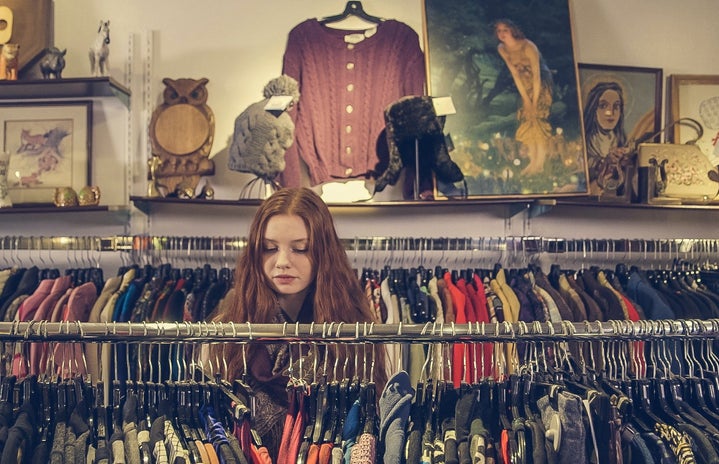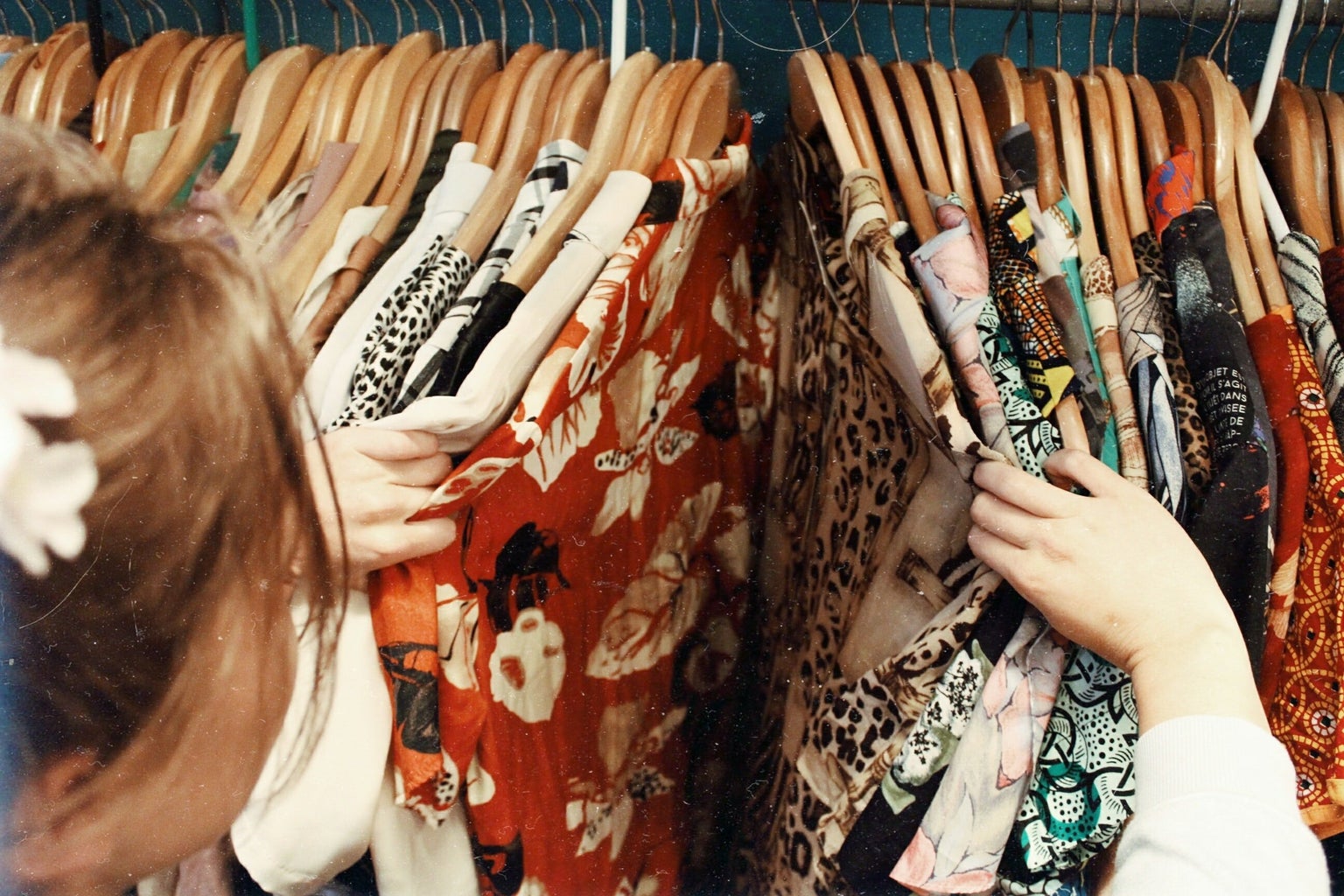If you have been on social media lately, odds are you have witnessed someone giving a “fall haul,” “back to school haul,” or a “football gameday outfits haul.” The videos tend to all follow a somewhat similar format. First, the person, often a woman, will hold up the box or bag their order came in and yell out “haul time” as they dramatically tip over the container so all the new clothing falls to the ground. Secondly, they will individually hold up each item of clothing, maybe try it on if they are in the mood, and let you know that each piece is just “so cute.” Sometimes the influencer may even declare it “an absolute must-have.” I go to a Division III liberal arts school where 60 people at a football game is considered a good turnout. So trust me, $200 cowboy boots in my school’s colors are not something I would consider “an absolute game day must-have.” Then, after they show probably between $500 and $1,000 worth of clothing, you will be instructed to “run, don’t walk” to whatever store or online site they purchased the clothing from. Finally, they will close the video by letting you know that if you want to purchase any of the items they showed in the post, you can use their coupon code or visit their Amazon storefront conveniently linked in their bio, leaving the viewer to question if the influencer actually believes all of the arbitrary and subjective claims they made about the clothing being shown, or if they just want the commission made when you purchase from their link.
Don’t get me wrong, I love clothing and following fashion trends. Most of the articles I write for Her Campus surround those topics. I even would say that similarly to these influencers filming hauls, I really enjoy shopping for clothes. The anticipation of having a new pair of jeans sitting in the mailroom ready to be picked up after class as a little treat is unmatched. My issue with these clothing hauls is how they promote and normalize the overconsumption of clothing. Let’s be real, the average person is not buying a whole new wardrobe every season and typical college students cannot afford an entirely different outfit every time their school’s football team has a home game. Even if money is not a concern, why does someone need multiple articles of clothing they only intend on wearing once? Wearing the same outfit more than once is not the fashion crime influencers and celebrities make it out to be. Anyone who knows me would tell you that I am far from a minimalist. I like my things, I like my clothes, and I like having them cover every surface imaginable. But I also think about the cost per wear of my clothing before I buy it. For those unfamiliar with the concept of “cost per wear,” it is a metric used to help consumers understand the value of an article of clothing based on how much they wear it. For example, I like to have my cost per wear at around one dollar. So if I am considering purchasing a pair of jeans at a $60 price point, I will buy them if I can see myself wearing them 60 times before becoming sick of them. There will be things that do not perfectly fit in this framework such as formal dresses, but the mindset helps prevent me from buying clothing just for the sake of buying something.
My goal here is not to villainize anyone. The individuals making these clothing hauls are just doing their jobs and trying to earn money. I simply would like to encourage anyone who sees something they like in one of these hauls to think before immediately purchasing it. Think about the people who are making the garment, how often you will wear the garment, and ask yourself if you will still want to wear the article of clothing when the current trends go out of style. These are all aspects of shopping I am still working on as I strive to be a more ethical consumer. After all, the most sustainable thing you can do is wear and utilize clothing you already own.




